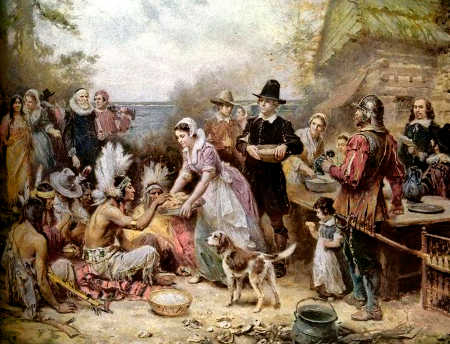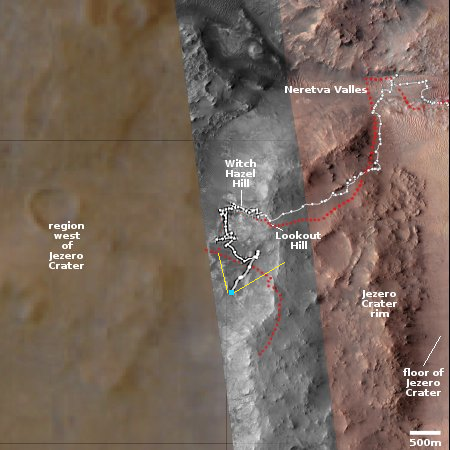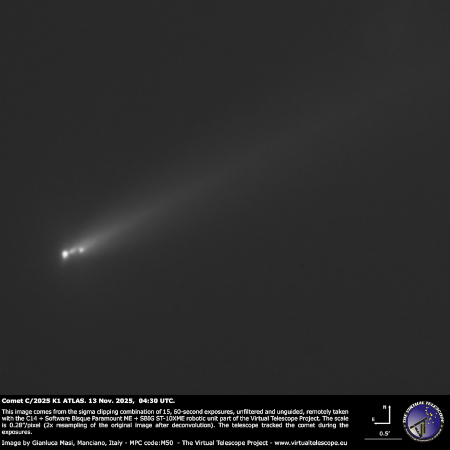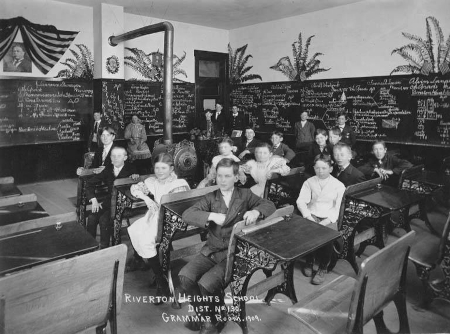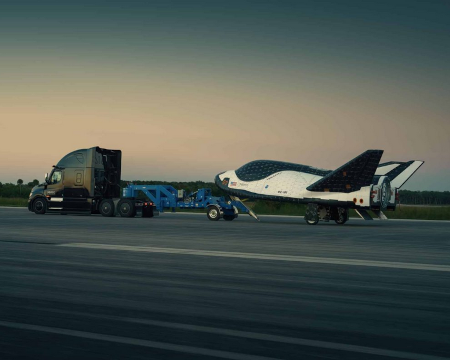Blue Origin targeting from 12 to 24 New Glenn launches in 2026
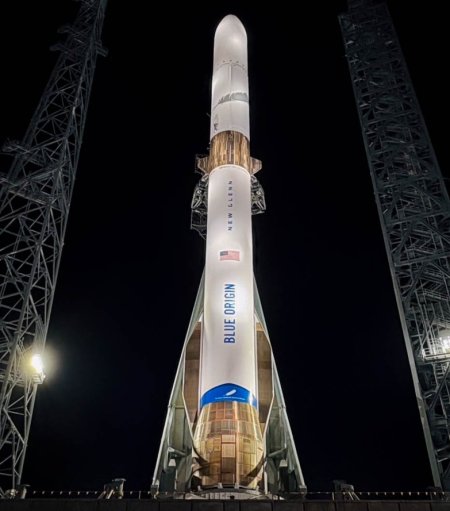
New Glenn on the launchpad prior to its
first launch in January 2025
Following the second successful launch last week of its New Glenn rocket, including a successful recovery of its first stage, Blue Origin’s CEO David Limp says the company’s goal for 2026 will be to attempt between 12 and 24 launches.
Limp said success on New Glenn’s second flight would set the company up for a significant increase in cadence. The company is building enough hardware for “well above” a dozen flights in 2026, with the upper-end limit of 24 launches. The pacing item is second stages. Right now Blue Origin can build one per month, but the production rate is increasing.
A pace of one launch a month would be unprecedented for Blue Origin in numerous ways. Since 2017 the company has built a poor reputation for slow and tentative operations. It took years for it to finally begin building BE-4 engines at a rate that could serve both it and its customer ULA. It took years to get New Glenn off the ground, a half decade later than initially announced. Moving from a lazy tortoise to a enthusiastic hare so quickly would thus seem very unlikely.
Blue Origin however has a major 27-launch contract with Amazon to launch its Amazon LEO constellation (formerly known as “Kuiper”). And Amazon desperately needs those launches to happen soon, as it only has 154 satellites in orbit and needs to get about another 1400 launched by July 2026 to meet its FCC license.
Even so, Limp noted that the next New Glenn launch will be to send its Blue Moon Mark-1 unmanned lunar lander to the Moon, and the best schedule he could offer was a launch sometime in the first quarter of ’26. If so, his prediction for the total launches in 2026 seems overly optimistic, at a minimum.

New Glenn on the launchpad prior to its
first launch in January 2025
Following the second successful launch last week of its New Glenn rocket, including a successful recovery of its first stage, Blue Origin’s CEO David Limp says the company’s goal for 2026 will be to attempt between 12 and 24 launches.
Limp said success on New Glenn’s second flight would set the company up for a significant increase in cadence. The company is building enough hardware for “well above” a dozen flights in 2026, with the upper-end limit of 24 launches. The pacing item is second stages. Right now Blue Origin can build one per month, but the production rate is increasing.
A pace of one launch a month would be unprecedented for Blue Origin in numerous ways. Since 2017 the company has built a poor reputation for slow and tentative operations. It took years for it to finally begin building BE-4 engines at a rate that could serve both it and its customer ULA. It took years to get New Glenn off the ground, a half decade later than initially announced. Moving from a lazy tortoise to a enthusiastic hare so quickly would thus seem very unlikely.
Blue Origin however has a major 27-launch contract with Amazon to launch its Amazon LEO constellation (formerly known as “Kuiper”). And Amazon desperately needs those launches to happen soon, as it only has 154 satellites in orbit and needs to get about another 1400 launched by July 2026 to meet its FCC license.
Even so, Limp noted that the next New Glenn launch will be to send its Blue Moon Mark-1 unmanned lunar lander to the Moon, and the best schedule he could offer was a launch sometime in the first quarter of ’26. If so, his prediction for the total launches in 2026 seems overly optimistic, at a minimum.




